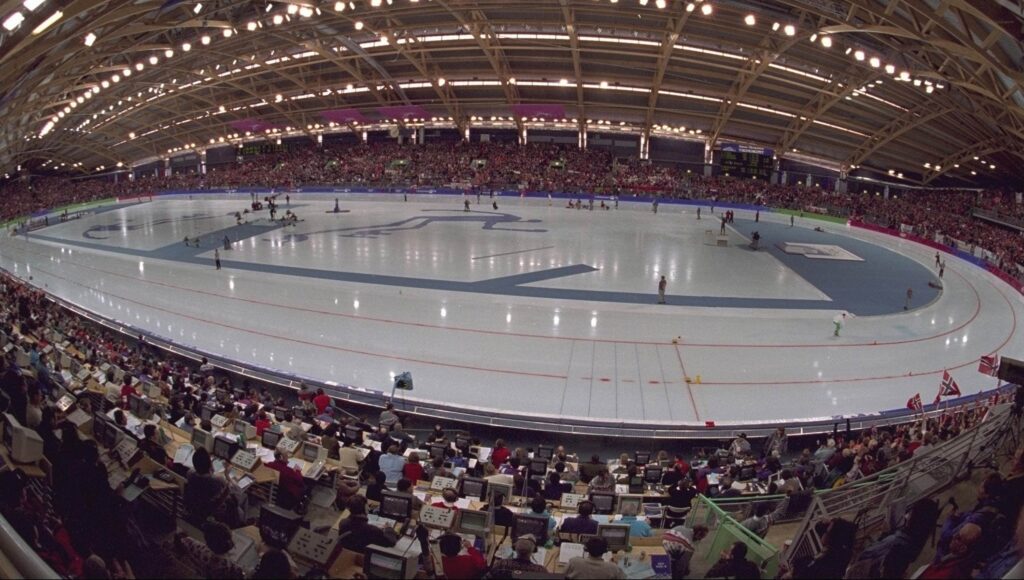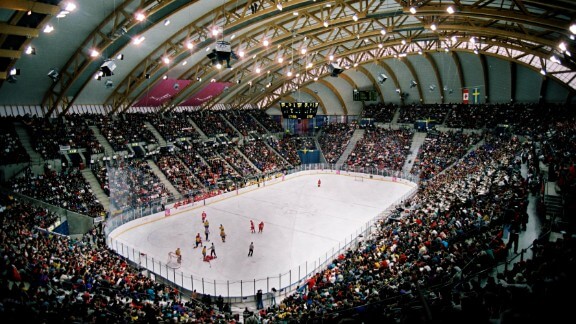Timber innovation is advancing rapidly with robotics, prefabrication and ‘green manufacturing’ leading in driving a global revival for timber-rich projects.
This was the takeaway from an Australian mission to Norway and Sweden.
Led by Andrew Dunn, CEO of the Timber Development Association, the Wood Solutions supported tour included 15 leading architects, engineers, developers and building professionals.
According to Dunn, “It’s amazing that wherever you go in this part of the world, modern timber construction is being used.”
The World’s Tallest All-Timber Hotel
This includes Mjostarnet, which until last year held the record as the tallest all-timber building. Replaced by the Wisconsin ‘Ascent’ building in June 2022 it remains the world’s tallest all-timber hotel.


The 18-storey mixed-use building features apartments, offices and the ‘Wood Hotel’ with more than 3500 cub n of glulam and cross-laminated timber used in the building’s construction.


Moelven Limtre, Norway’s largest glulam manufacturer, supplied the timber for the building with the mission guided by Rune Abrahamse, CEO and Age Holmestad director.
“We were privileged to access areas that are generally not accessible,” Mr Dunn said.
The project has been celebrated ‘as a big step towards adopting green construction.’ It has inspired the global adoption of all-timber construction, including Sydney’s 55-storey Milligan Tower and 39-storey Atlassian Central Tower, currently in development.
A tour of the 1994 Olympic Game Infrastructure
The Norwegian city of Lillehammer hosted the 1994 Winter Olympics, and the mission provided unique access to ‘Hamar Hall’ and ‘Hakons Hall’ – the speed skating rink and ice hockey venue used for the Games.

The Hamar Hall’s architecture is reminiscent of an upside-down Viking ship, while the Hakons Hall is an 11,500-capacity multi-purpose stadium ‘dug out from the ground’.

Glulam beams supplied by Moelven Limtre underpin both venues and have stood for over 30 years, inspiring the 2032 Summer Olympic Games in Brisbane and the 2026 Commonwealth Games in regional Victoria.
The mission also visited the Eva Lisa Holtz Arena in Karlstad, Sweden, which opened in 2022 and combined glulam beams and cross-laminated timbers to create an elite all-weather training venue for Swedish athletes.

According to mission delegate Clarissa Brandt, Timber Queensland’s strategic relations and communications manager, the use of glulam and cross-laminated timber should provide inspiration for the Brisbane 2032 Games organising committee.
The World’s ‘Greenest Timber Plant’
The mission was ‘wowed’ by Sodra’s newest cross-laminated timber plant opened in Varo in March.
The plant can process 100,000 cub m of timber, enough to build 4000 apartments and will increase the company’s mass timber capacity tenfold.

According to Sodra’s business and product development manager Ola Landqvist, “the new plant is ‘fossil-free’ with the timber produced giving an 80% reduction in carbon emissions compared to traditional concrete frames.
Sodra, Sweden’s largest forest owners’ association with 52,000 forest managers participating in the collective, produces 18 million cub m of timber, with 2.2 million cub m in lumber and sawlog and the balance for paper, pulp and biomass.
Amazingly, the facility is 100% powered by bioenergy, with offcuts from Sodra providing 1% of Sweden’s total energy needs!
IKEA uses Prefab to Construct 14,000 modular houses
Sweden is increasingly recognised as a global leader in prefab construction, and on the second day, the mission toured the BoKlok manufacturing facility in Vaxjo.
BoKlok is a joint venture between IKEA and Swedish development company Skanda, with the facility “recycling most of the leftover materials and disposing of less than 1% of waste,” according to Jenny Adholm, head of sustainability.

The facility uses zero-labour robots to assemble floor panels into place and according to Andrew Dunn, “Not a single Allen key was seen.”
BoKlok has used prefab to deliver land developments including the Vaxjo Knyttet estate which is a blend of off-site manufactured houses and apartments.

“When we arrived at the estate we were greeted with an Australian flag,” Mr Dunn said.
Using zero-labour robots BoKlok assembles floor plates into place, producing walls, floors, and roofs.
“It is clear where the world is going in manufacturing, and the tour has provided a glimpse of that,” Mr Dunn said.
Zero-labour Robots provide window into the future of off-site construction
The robots are manufactured and distributed by Randek AB at Snickaregatan in Sweden.
On the fourth day of the mission, delegates were given a behind-the-scenes tour of the manufacturing facility by CEO Christian Olafsson.

In December 2021, Randek AB joined forces with global machinery distributor ICM to provide a one-stop supplier for the complete timber construction process.
According to Clarissa Brandt, robotics could be the answer to labour shortages in the construction industry.
“The benefits are many, including reducing workplace health and safety risks,” Ms Brandt said.
“In a time-motion study, the robots saved 22,000 tonnes of lifting for one person in a year,” she said.
Australia’s largest component prefabricator Timbertruss already uses the technology to improve accuracy, speed, and safety in production.
Next stop the World Timber Engineering Conference in Oslo, Norway
After five days, most delegates will now attend the World Timber Engineering Conference (WTEC) in Oslo, Norway.
The WTEC is the world’s leading scientific forum for timber construction. It is considered the most prestigious event for timber technology for the construction, timber structures and the design of timber architecture.
Running from June 19-22, Wood Central will have further exclusive reports from Andrew Dunn and Clarissa Brandt.
• For more information about the tour, Wood Central has provided an exclusive day-by-day report which includes interviews with delegates, photos and videos.






